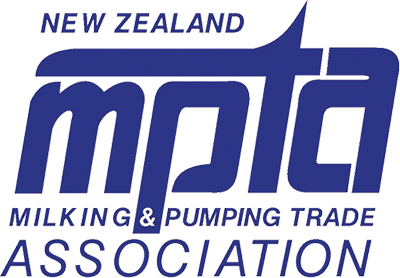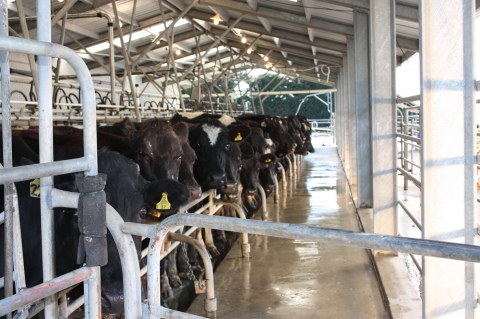Cleaning Evaluation & Milk Delivery
This two day course is designed to help technicians understand and evaluate the effectiveness of cleaning systems for milking machines and milk silos and teaches how a cleaning system needs to be set up to ensure that, for food safety purposes, all milk contact surfaces are effectively cleaned. It also deals with all aspects of milk delivery from the milk pump, plate cooler through to the bulk milk tank plus the regulations of the Farm Dairy Code of Practice.
This course is run only in Palmerston North.
Course Overview
When milk quality downgrades occur it’s important to be able to more thoroughly evaluate the system in use. Contact time, temperature, mechanical action and chemical action all work together and must all be evaluated together.Superior milk quality is a key feature of the New Zealand industry and everyone has to play their part to ensure that this is maintained. Cleaning systems make a major impact on bacterial loadings of milk as it passes through the milking machine and in to the milk silo. Any cleaning system failure may cost a farmer thousands of dollars so good knowledge on how to troubleshoot cleaning system problems is an important tool for anyone involved in this field.
As milk is released from vacuum and delivered to the milk silo many factors come in to play that may affect pre-cooling/secondary cooling, milk quality and milk composition. Any problems in the milk delivery system can severely damage milk and compromise product quality and shelf life.
This course will give you the tools and knowledge to better understand and test these factors to ensure that everything is working in harmony and dairy company requirements are being adhered to.
Course Content
This course covers how the milking machine and milk silos are cleaned by the physical action of the cleaning solutions assisted by chemicals and temperature and how it will not be cleaned unless the cleaning solution comes in contact with all of the soiled parts of the milking machine. This should be particularly useful when carrying out a hygiene trace back where contamination has been found and the cleaning system is suspected of being faulty. Content includes regulations and guidelines relating to milking machine and milk silo cleaning systems, evaluation of reverse flow, jetter and automatic wash systems and making recommendations for improvement.The course goes through each of the components of the milk delivery system such as different types of milk pump, pipes, filters and plate coolers describing their function and interactions and how to test for flow rates and pressure so that the system works efficiently.
Key aspects of the Farm Dairy Code of Practice are also covered.
Course curriculum includes:
- Introduction to the Basis of a Good Cleaning System
- Physical factors that affect cleaning (Turbulence)
- Different Cleaning Systems
- Milking Machine Cleaning Programmes
- Procedures for cleaning using different cleaning systems
- Evaluating CIP cleaning system
- Evaluating bulk milk tank cleaning system
- Pumps and Pump Performance
- Pump Controllers
- Air Purge/milk Sweep Systems
- Milk Filtration
- Plate Heat Exchangers
- Lines, Unions, Valves, Drains and Rubber Components
- System Evaluation
Throughout the training participants will be tested on their understanding of the material taught.
Click on the QCONZ PTE Enrolment Form to the right to register for this course.
Note: This course is delivered for MPTA by Quality Consultants NZ Ltd (QCONZ) - a NZQA approved Private Training Establishment.
Participants who successfully complete this course will receive a NZMPTA Certificate of Achievement in Cleaning Evaluation and Milk Delivery.



